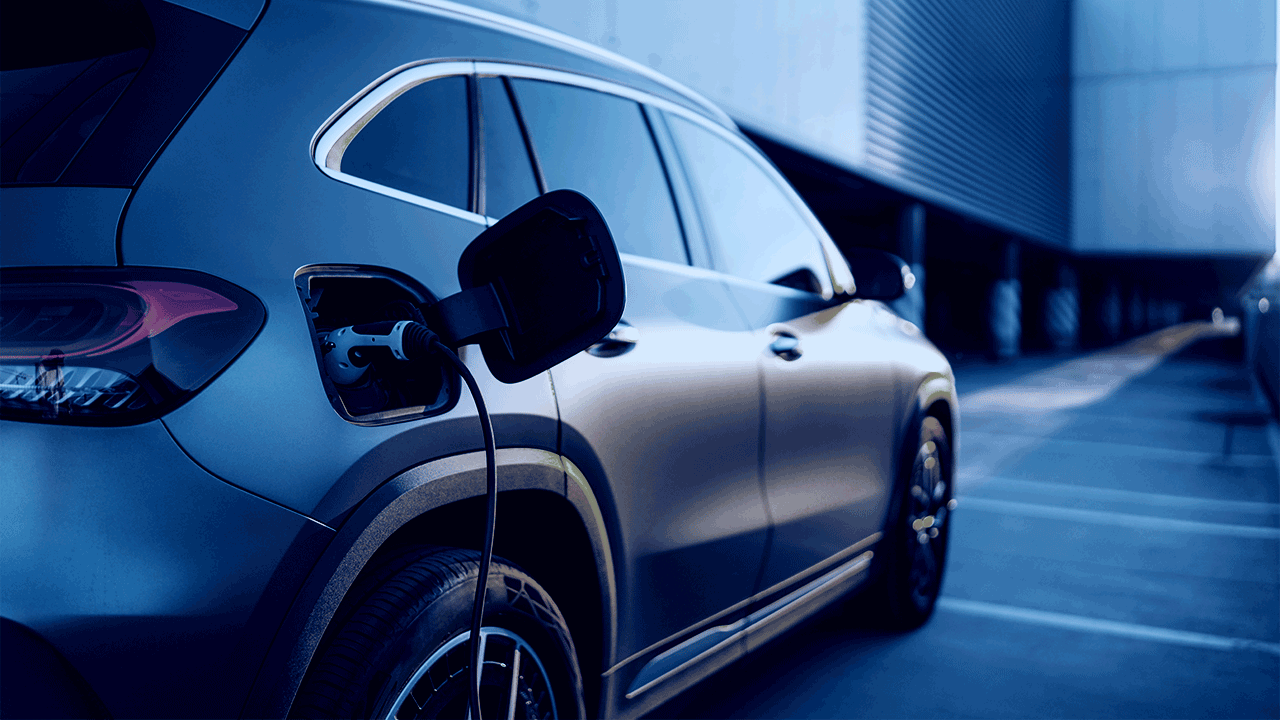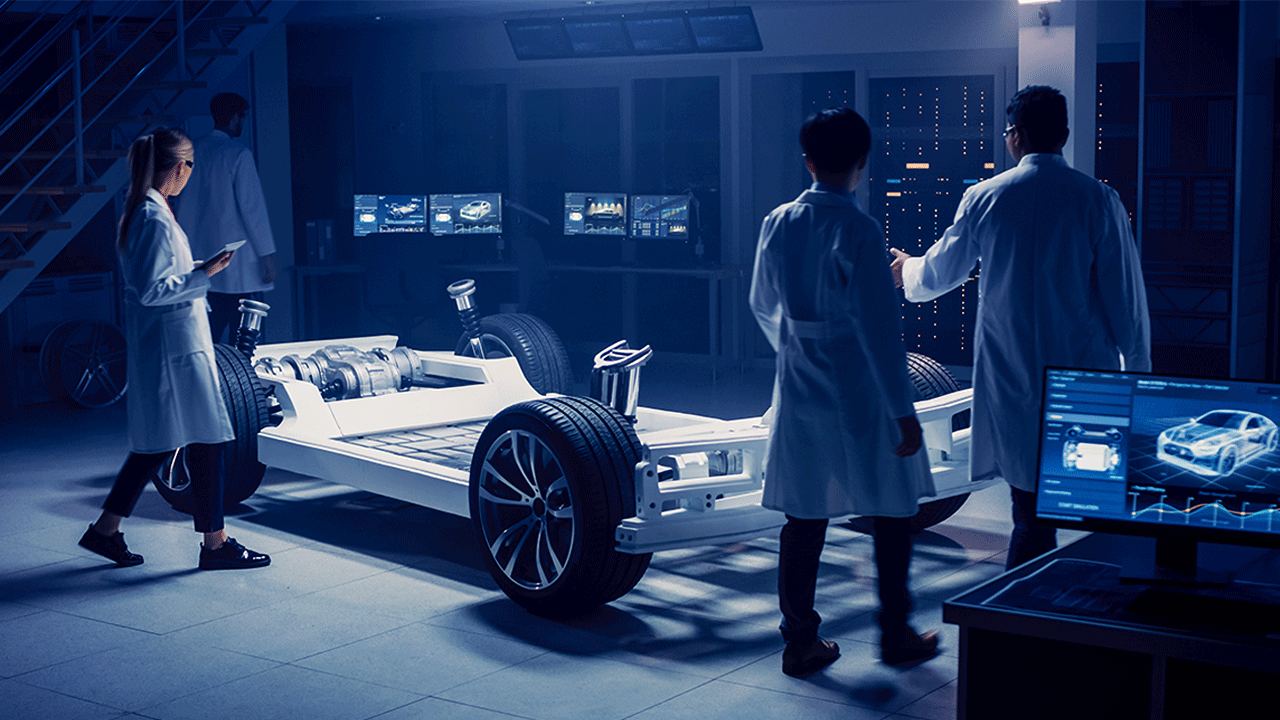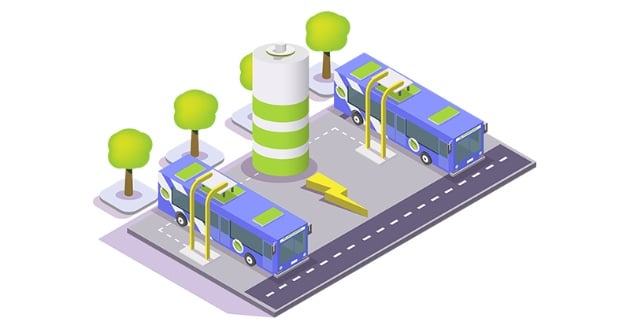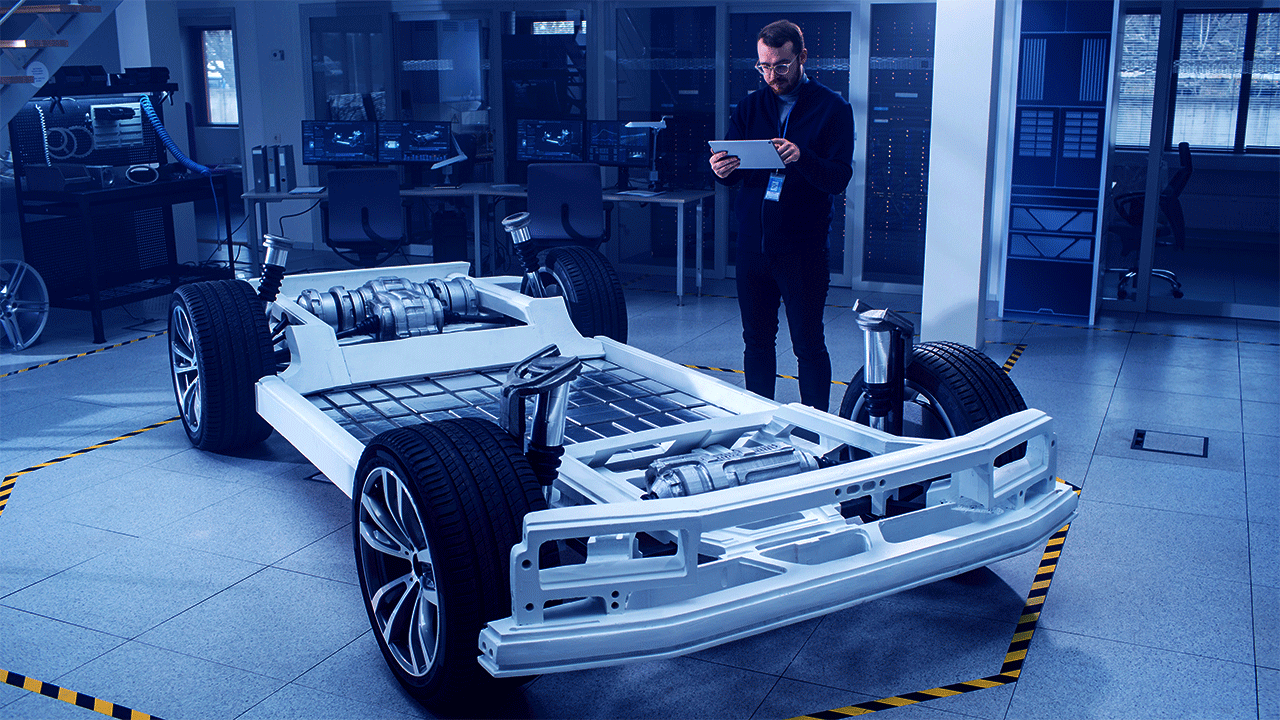Electric Vehicle Considerations for Functional Safety Verification and Validation Testing
Electric Vehicle Considerations for Functional Safety Verification and Validation Testing The functional safety standard for the automotive industry,...
Unlock Engineering Insights: Explore Our Technical Articles Now!
Discover a Wealth of Knowledge – Browse Our eBooks, Whitepapers, and More!
Stay Informed and Inspired – View Our Webinars and Videos Today!
Exploring the future of software-defined vehicles through expert insights.
6 min read
 Steve Neemeh
:
Feb 7, 2023 10:35:04 PM
Steve Neemeh
:
Feb 7, 2023 10:35:04 PM

Electrification is a process that has been around for decades. The history of the electric vehicle (EV) extends as far back as the 19th Century, and the world has witnessed different waves of growth since then. The current growth in EV ownership suggests a new direction in modern transportation, one the industry hopes to take to the next level. OEMs have been introducing new electrified vehicles in their inventory, emphasizing that electrification is a prominent focus for the industry and will continue to be as the trend continues to grow. Governments and subject matter experts (SMEs) collaborate to develop electric vehicle standards, ensuring a dependable EV market with reduced risks and hazards. EV standards will be one of many determining factors that help companies prioritize safety and guarantee the reliability of their products. The industry must maintain compliance with EV standards—especially as these EV systems become more complex—to advance modern transportation safely.
The automotive and electric standards the industry has in place ensure that complex components and subsystems not only operate as they are intended but have a low probability to fail once integrated. Vehicles are large systems that consist of other smaller systems, meaning that each one needs to function cooperatively so that the larger system can operate. Each of them requires extensive verification and validation to identify and diagnose any issues that need to be fixed. The importance of standards has created a long list of requirements for companies to meet, many of which are categorized based on different types of qualifications and needs. The different areas that EV standards consist of include:
There are specific groups that develop and publish standards. Some standard organizations are nationwide, while others are international and include a plethora of countries around the globe. Each focuses on implementing standards in different areas that help advance the development of automotive products and systems. To convey the importance of EV standards, it will be helpful to identify examples of specific ones.
The Federal Motor Vehicle Safety Standards (FMVSS) are standards administrated by the National Highway Traffic Safety Administration (NHTSA), which is a government agency part of the U.S. Department of Transportation (USDOT). FMVSS focuses on establishing regulations pertinent to design, performance, and durability. One example of FMVSS standards is No. 305. This standard specifies performance requirements for battery packs, addressing electrolyte spillage. High-voltage batteries must be isolated from low-voltage, especially in the case of crash events. Companies can test this isolation because there are systems in place that monitor the isolation of high-voltage to low-voltage. This is one example of several FMVSS-required compliance standards that apply to EV and hybrid vehicle production.
Another group of standards is the Society of Automotive Engineers (SAE) International standards, put in place to advance the engineering involved with vehicular mobility. SAE standards are voluntary practices and are often considered recommended guidelines. One example would be SAE J2990/2_202011, titled “Hybrid and Electric Vehicle Safety Systems Information Report.” This overlaps with the isolation requirements referenced in FMVSS No. 305, but this SAE report further addresses enclosures, labels, and identifications. Since dealing with a high amount of voltage can be hazardous, it is key to have labels on manual switches that disconnect and de-energize the high-voltage system so that you are not solely relying on software. Essentially, this report educates companies on high-voltage electric propulsion vehicle safety systems so that they are aware of the potential hazards.
In addition, the International Organization for Standardization (ISO) is a global organization that develops standards in collaboration with several countries. A predominantly known standard, ISO 26262, focuses on the safety of vehicles, including EVs. Some ISO standards apply to electrical safety, like ISO 17409, developed to help minimalize shock hazards within high-voltage testing. In EV performance testing, some standards include ISO 12405, ISO 18243, and ISO 15118. The international Electrotechnical Commission (IEC) is an organization that develops standards internationally for anything electrical and electronic. IEC 61851 is a standard that addresses electromagnetic compatibility (EMC) and electromagnetic interference (EMI) testing, ensuring that a company’s systems are not susceptible to conducted emissions. Both ISO and IEC standards are agreed upon by SMEs but are not legally required.
SAE J2990/2_202011 is also similar to another SAE recommended guideline: J2990_201907, “Hybrid and EV First and Second Responder Recommended Practice.” Though not mandatory, this practice addresses the hazards of any potential EV-related car accident. When a crash occurs, the high-voltage system needs to be deactivated within a certain amount of time so that the first responders can properly help those involved in the incident. Understanding the shock hazards present in high-voltage applications is critical, especially for vehicle crash detection and automatic shutdown purposes, because not having that knowledge can lead to harmful events.
These are some of the different ways EV standards are categorized. There are several standards non-specific to EVs, though they can become EV-oriented depending on companies’ concerns with certain system performances. Some are already in the process of being adapted to align with the new designs and functions of electrified vehicles. EV technology is constantly evolving, which is evolving the drafts being developed for standards. For this reason, many experts are involved with the development of these standards, and this collaboration will be necessary to develop more EV standards.
People have different reasons for purchasing particular vehicles, but they ultimately want something safe and reliable. That consistent level of trust is needed as EVs continue entering the market in the immediate future. As previously mentioned, some standards are considered recommended practices and informational guidelines. Companies can determine what they want to certify themselves in as long as they can ensure that product safety and reliability. Will the growth in complexity of EV components, subsystems, and systems lead toward the need for more mandatory standards and certifications? There is no clear answer to this, but there is a strong possibility. Companies are already following certain recommended practices, but EV standards that focus on high levels of risk (i.e. – high-voltage battery use) will need to be legally mandated to guarantee safety for consumers and employees. If the number of legally mandated standards increases, this will positively impact the EV market because there is more consistency in EV development across the industry. More companies would be asked to produce EVs by the same requirements established in EV standards.
Currently, the level of collaboration within standardization adds significant value to the industry. Collaboration allows the right questions to be asked, and the right problems to be addressed so that the industry prioritizes what is best for modern transportation. Government entities creating these regulations want expert-level insight and knowledge, so organizations like the USDOT collaborate with industry leaders and companies to develop different standards. Having SMEs involved also provides companies the opportunity to stay directly involved with the progress being made in standardization. For example, LHP is one of the companies on the committee for functional safety. This way, companies involved have transparency on specific topics and can proactively address any concerns about them.
As electrification continues to grow, the need for developing standards will amplify. Developing products in compliance with standardized documents, guidelines, and informational reports help minimize risk, malfunctions, and failures. Standards act as formal documentation that regulates the safety of complex automotive systems and products. This creates a continuous need for collaboration between SMEs, government entities, and standard organizations.
Collaboration on standardization also helps engineers properly define the requirements necessary for different processes related to product development. For example, it helps achieve the Verification and Validation (V&V) process. V&V is one process that serves as objective evidence that shows requirements were defined, systems were designed based on those established requirements, and testing was done at every level. Companies will need evidence showing testing was conducted in compliance with the requirements and standards to demonstrate their products’ reliability. This verification will continue to be important as OEMs focus on EV development and the risk involved. For example, high-voltage systems are inherently dangerous and increase the need for risk management. Companies will need to continuously design EVs with these integrated systems and then demonstrate through testing that they can operate once released into the market.
There are several opportunities and challenges that the automotive world faces with electrification, that may continue into the future. Something that is both an opportunity and a challenge is the EV charging infrastructure. Charging stations are essential to evolving EV technology integrated into vehicles because they help source the power of these electrified transportation devices. There will need to be an expansion of charging spaces that support the continuous growth of EVs. Some standards are being developed related to this topic, but there are still initial constraints. In some cases, different OEMs develop processes and protocols that will need to be standardized. The industry is trying to standardize these different protocols so that a more common infrastructure can support the broad range of EVs being developed.
A few external factors will continue affecting the industry’s growth in electrification. From a supply standpoint, the recent shortages and delays in raw materials are a lingering concern. It is unclear when supply shipments will improve to an increased level of consistency in the future, but this is something that will determine the industry’s ability to maintain growth. Though the development of standards can still progress, companies won’t be capable of testing their EV components, subsystems, and systems if they are constantly waiting for the equipment needed. Another aspect is how the development of standards and regulations relative to data, telematics, and cybersecurity will affect the EV market. Each of these considerations plays a role in EV development because they are data-dependent, connected cars, which adds another layer of complexity to their production.
We are currently in a dynamic era of growth and innovation in the electrification of vehicles. The automotive industry is making a significant investment in this realm, and it must continue to grow the EV market for it to prosper. As EV development continues, there needs to be a continuous support system to help maintain the safety and operational efficiency of these electrified products, and standards are the foundation. Many dedicated automotive experts are collaborating with government entities and standard organizations to develop these standards. This dedication ensures that the innovative vehicles of the future are incorporated with safe, reliable technological features that operate as they are intended.

Electric Vehicle Considerations for Functional Safety Verification and Validation Testing The functional safety standard for the automotive industry,...

Executive Summary

Electric vehicle testing equipment and tools The rapidly increasing integration of embedded electronic control units (ECUs) in nearly every onboard...